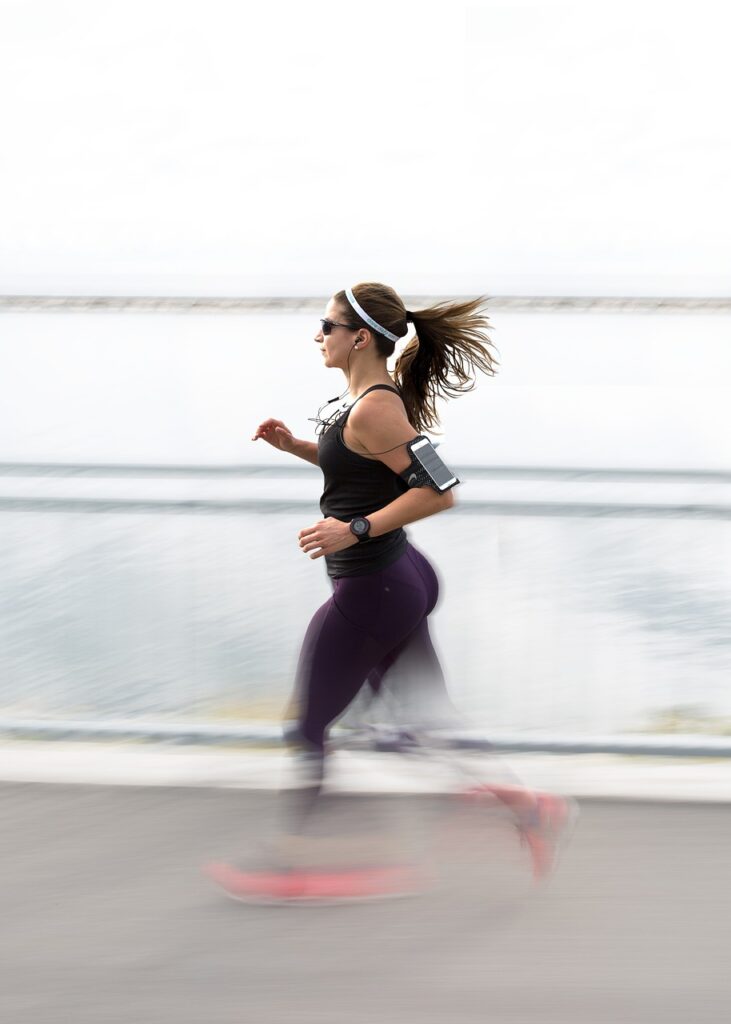Wearable Technology in Physiotherapy and Rehabilitation: Advancements, Applications, and Implications
In recent years, wearable technology has moved beyond its early use in fitness tracking and entered the complex realms of physiotherapy and rehabilitation. Once considered futuristic tools, devices like inertial measurement units (IMUs), smart garments, pressure sensors, and wearable electromyography (EMG) are now revolutionizing how clinicians assess, monitor, and intervene in physical rehabilitation settings. This intersection of digital health and rehabilitative science is redefining the scope, precision, and personalization of patient care.
This article explores the latest advancements, clinical applications, and broader implications of wearable technologies in physiotherapy—offering insights for practitioners, researchers, healthcare innovators, and patients alike.
The Evolution of Wearable Technology in Physiotherapy , Healthcare
The wearable tech journey began with pedometers and heart rate monitors. However, the integration of AI, cloud computing, and sensor miniaturization has dramatically expanded their potential. Modern wearable systems are now capable of tracking kinematic, kinetic, physiological, and electrophysiological data in real time, offering a window into human movement and neuromuscular performance like never before.
This evolution is particularly impactful in neurological, orthopedic, and cardiopulmonary rehabilitation, where recovery hinges on precise, real-time data to guide clinical decisions and improve patient engagement.
Key Technological Advancements
- Inertial Measurement Units (IMUs)
These sensors capture movement across multiple planes and are now embedded in wearable pods or garments. They allow therapists to measure joint angles, gait patterns, and balance performance during real-world activity—not just in clinic-based tests.
- Wearable Electromyography (EMG)
Surface EMG systems provide insight into muscle activation patterns. When combined with motion tracking, they offer detailed neuromuscular profiling that helps clinicians understand deficits and compensation strategies.
- Smart Textiles and Garments
Clothing embedded with stretchable sensors can track range of motion, posture, and muscle effort, offering a user-friendly interface for both clinicians and patients.
- Force and Pressure Sensors
Used in insoles or gloves, these sensors allow for monitoring of weight distribution, gait asymmetry, and upper-limb dexterity, particularly useful in stroke and Parkinson’s rehabilitation.
- Biofeedback and Haptics
Many wearable systems now offer real-time biofeedback, haptic cues, or gamified experiences that enhance motivation and motor learning.
Clinical Applications Across Disciplines
1. Neurological Rehabilitation
- Stroke: Wearables help track motor recovery, detect subtle improvements in limb use, and enable home-based monitoring post-discharge.
- Parkinson’s Disease: Real-time gait analysis via wearables can detect freezing of gait and cue patients through vibrotactile stimulation.
- Spinal Cord Injury: Monitoring trunk control, muscle activation, and limb function is crucial, and wearables provide objective data for tailoring therapy.
2. Orthopedic Rehabilitation
- Post-operative patients (e.g., ACL, TKR) benefit from motion tracking and range-of-motion analytics to monitor adherence and progression remotely.
- Smart braces and sleeves support real-time feedback on joint angles, preventing harmful compensatory movements.
3. Cardiopulmonary Rehabilitation
- Wearables integrated with heart rate, oxygen saturation, and respiratory rate monitoring provide safe and adaptive rehabilitation programs, especially important for remote or unsupervised sessions.
4. Pediatric and Geriatric Applications
- For children with cerebral palsy or older adults with fall risk, wearables support continuous mobility tracking and fall prediction algorithms to enhance safety and personalize care.
Data-Driven Decision Making and Tele-Rehabilitation
Wearables enable remote monitoring and tele-rehabilitation, which gained rapid adoption during the COVID-19 pandemic. They support:
- Longitudinal monitoring of progress outside clinical settings.
- Objective outcome measures, reducing subjective bias.
- Automated alerts to clinicians in case of abnormal metrics.
- Enhanced patient engagement through biofeedback and progress visualization.
Data collected can also feed into machine learning models that predict recovery trajectories or personalize exercise prescriptions, ushering in the era of precision rehabilitation.
Challenges and Considerations
Despite the promise, wearable technology faces several limitations:
- Data Overload and Interpretation: Clinicians may be overwhelmed by vast datasets without proper analytics tools or training.
- Privacy and Security: Personal health data needs robust cybersecurity protocols to ensure confidentiality and compliance.
- Cost and Accessibility: High-end wearable systems may not be accessible to all clinical settings, especially in low-resource environments.
- User Compliance: Ensuring correct usage, especially in unsupervised contexts, can be challenging without adequate training and support.
- Regulatory and Ethical Aspects: Most wearable tech is consumer-grade and lacks formal regulatory approval for medical use. Clinicians must be cautious in interpreting and applying data clinically.
Future Directions: What Lies Ahead?
The integration of AI, cloud computing, and IoT with wearable tech is set to transform rehabilitation practices further. Key trends include:
- Digital Twins: Creating personalized biomechanical models for simulation-based therapy planning.
- Adaptive Algorithms: Real-time modulation of therapy parameters based on biofeedback and progress.
- Wearable Robotics: Combining exoskeletons with sensor feedback for neurorehabilitation.
- Interoperable Health Ecosystems: Linking wearable data with EMRs for seamless documentation and analytics.
Moreover, as policy-makers and insurers begin to recognize the clinical value of wearable-driven outcomes, we can anticipate a broader push toward evidence-based integration into care pathways.
Final Thoughts: Embracing Technology Without Losing the Human Touch
As the field of physiotherapy continues to embrace digital health, wearable technology offers an unprecedented opportunity to deliver smarter, more personalized, and more effective care. However, its success lies not just in adoption but in wise integration—ensuring technology complements clinical expertise rather than replaces it.
Wearables empower clinicians with data, but it is the critical thinking, compassion, and clinical reasoning of the physiotherapist that ultimately guide recovery.
References
- Papi E, Koh WS, McGregor AH. Wearable technology for biofeedback rehabilitation: A systematic review. Sensors (Basel). 2015;15(3):5317–5344.
- Tao W, Liu T, Zheng R, Feng H. Gait analysis using wearable sensors. Sensors (Basel). 2012;12(2):2255–2283.
- Yang CC, Hsu YL. A review of accelerometry-based wearable motion detectors for physical activity monitoring. Sensors (Basel). 2010;10(8):7772–7788.
- Patel S, Park H, Bonato P, Chan L, Rodgers M. A review of wearable sensors and systems with application in rehabilitation. J Neuroeng Rehabil. 2012;9:21.
- Louie DR, Eng JJ. Powered robotic exoskeletons in post-stroke rehabilitation of gait: A scoping review. J Neuroeng Rehabil. 2016;13:53.
- de Lima-Pardini AC, Nascimento LR, Scianni AA, et al. Wearable technology in post-stroke rehabilitation: A systematic review. Top Stroke Rehabil. 2020;27(4):251–264.
- Reddy RK, Poonai N, Bleasdale A, et al. Wearables in medicine: New advances and clinical applications. BMJ Innovations. 2021;7(4):160–166.
- Godfrey A, Hetherington V, Shum H, Bonato P, Lovell NH, Stuart S. From A to Z: Wearable technology explained. Maturitas. 2018;113:40–47.






